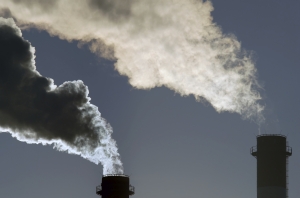The Beetaloo Sub-basin is located approximately 500 kilometres south of Darwin in the Northern Territory (NT), with the boundaries of the sub-basin incorporating the Katherine-Daly and Barkly Regions. The Sub-basin lies within the larger McArthur Basin and spans around 30,000 square kilometres.
Due to its size, the Beetaloo has gained significant interest both politically and commercially. It is estimated that the Sub-basin contains approximately 70 per cent of the NT’s prospective shale gas resources; as a result, it has been the source of around 50 per cent of the total A$505 million of exploration investment in the NT since 2010. The Sub-basin is comparable with several of the major US shale gas basins and its shale gas resources are most recently estimated at up to 295,700 petajoules (263 Trillion cubic feet). As a result, Beetaloo is larger than any of the North-West Shelf conventional gas resources, or over 500 times current annual domestic consumption in Australia.
In July 2020, the NT Government set a new climate response and offset reform agenda, along with a Three-Year Action Plan for policy development including a goal for the NT to achieve net zero emissions by 2050, and policy for the mitigation of emissions from new and expanding large GHG emitters. The framework includes the development of a Greenhouse Gas Emissions Offsets Policy to guide the application and administration of carbon offsets by mid-2022; and confirmation of a commitment to Recommendation 9.8 of the Pepper Inquiry to ensure there is “no net increase in lifecycle emissions from any onshore shale gas produced in the NT”.
RepuTex has been engaged by Lock the Gate to evaluate the scale and implications of potential GHG emissions and carbon costs from the proposed development of the Beetaloo and McArthur shale gas basins in the Northern Territory.
Specifically, analysis quantifies potential GHG emissions from NT gas basin projects between 2025-2045 for the purpose of evaluating expected demand for Australian Carbon Credit Unit (ACCU) offsets in line with the Northern Territory Offsets Principles, along with the potential costs of carbon offset procurement for liable entities.
Analysis is presented in the following sections:
- Background to the Beetaloo and McArthur shale gas basins;
- Analysis of the estimated costs of resource extraction and estimated gas production scenarios;
- Analysis of potential GHG emissions from proposed NT gas basin projects between 2025-2045;
- Calculation of the carbon cost for liable entities to offset their GHG emissions in line with the Northern Territory Offsets Principles;
- Summary of results and implications.
















